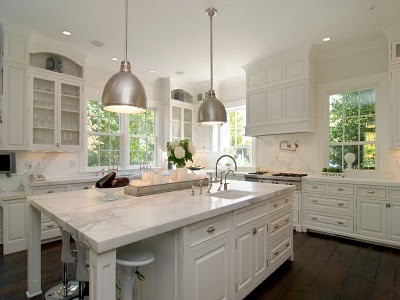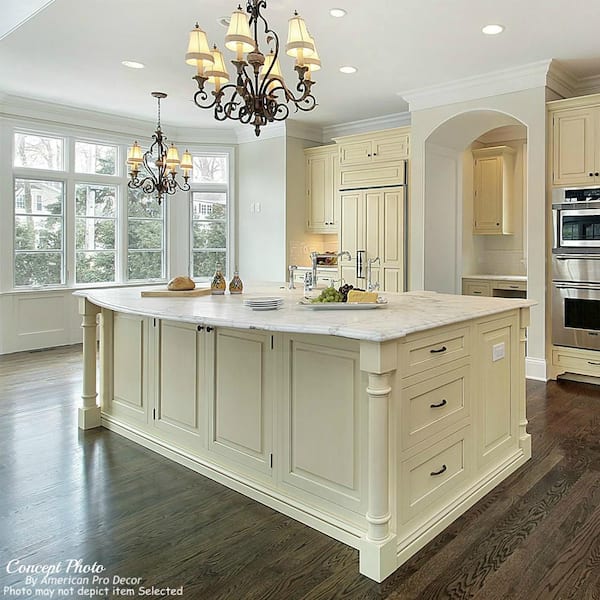Discover Durable and Ornamental Legs For Kitchen Island Changes
Discover Durable and Ornamental Legs For Kitchen Island Changes
Blog Article
Crucial Elements to Think About When Selecting Legs For Kitchen Island
Choosing the ideal legs for a kitchen area island entails a careful evaluation of numerous elements that can dramatically influence both performance and visual appeal. As we check out these components, it ends up being clear that each choice can have far-ranging implications for the general cooking area experience.
Material Options
When choosing legs for a cooking area island, understanding the different product alternatives is important for accomplishing both visual allure and architectural stability (Legs For Kitchen Island). The option of product significantly influences not only the longevity of the island but additionally its general style and capability
Timber is a popular choice, providing heat and convenience. Strong woods, such as oak or maple, provide strength and can be stained or painted to match the kitchen area design. Metal legs, commonly made from stainless-steel or functioned iron, add a commercial and modern-day feeling while making certain durability and stability. These products are immune to put on and can sustain significant weight, making them excellent for bigger islands.
One more choice is engineered products, like MDF or plywood, which can be extra economical while still using a variety of finishes. They may not give the very same level of stability as strong wood or steel. Legs For Kitchen Island. Last but not least, materials such as acrylic or glass can create a modern look, though they might need additional assistance to make sure stability.
Eventually, the selection of product for kitchen island legs need to line up with the desired performance and the overall motif of the kitchen area.
Design and Style

When taking into consideration design, the form and coating of the legs are essential. Conical legs can give a feeling of agility and style, while thicker, extra durable legs can share toughness and security. Furthermore, the surface-- be it painted, stained, or natural-- should enhance the kitchen cabinetry and kitchen counter products to produce a unified look.
Furthermore, the design of the legs can additionally mirror individual taste. Customized or decorative legs, such as those including detailed carvings or distinct geometric shapes, can work as centerpieces, adding personality and individuality to the kitchen area. Eventually, the right selection will certainly not only enhance capability however also boost the visual appeal, making the cooking area island a standout function of the home.
Height Factors To Consider
Selecting the suitable elevation for kitchen area island legs is essential, as it straight affects both functionality and convenience. The common height for a cooking area island normally ranges from 36 to 42 inches, straightening with typical kitchen counter heights. A 36-inch elevation is suitable for food preparation and food preparation, permitting comfy use cooking area home appliances and devices. On the other hand, an elevation of 42 inches is typically preferred for islands meant for bar seats, fitting taller feceses additional hints and providing an informal dining experience.

It is additionally important to account for customers' elevations and choices. Customizing the elevation can make sure a comfy experience for all family members, making the kitchen island an extra useful and pleasurable room.
Weight Assistance
Guaranteeing adequate weight assistance for kitchen island legs is crucial for Check Out Your URL both safety and capability. The kitchen island usually serves numerous purposes, consisting of food preparation, eating, and additional storage, demanding a robust assistance structure. When choosing legs, it is crucial to think about the total weight capacity needed based upon the island's intended usage and the products that will be put on it.
The selection of material for the legs plays a substantial role in their weight-bearing abilities. Strong timber, metal, and durable compounds generally offer premium strength compared to lighter materials. In addition, the design of the legs-- whether they are straight, tapered, or have a pedestal type-- can influence their capability to disperse weight properly across the structure.
Additionally, the leg positioning need to be strategically planned to improve security. Legs placed at the edges or with a bigger base can better support heavier tons. Constantly get in touch with the manufacturer's specifications relating to tons restrictions to make certain that the legs can maintain the desired weight without endangering safety and security. In recap, picking kitchen island legs with adequate weight support is important for creating a risk-free and practical culinary space.
Installation and Upkeep
Proper installment and maintenance of cooking area island legs are important for guaranteeing long life and stability. This often includes securing the legs to the island base utilizing appropriate bolts, ensuring that the legs are level and straightened.
When mounted, regular upkeep is necessary to protect the honesty and appearance of the legs this contact form - Legs For Kitchen Island. For wood legs, routine cleaning with a moist towel and application of suitable timber gloss can avoid dampness damages and maintain their surface. Steel legs may need a mild cleansing solution to eliminate oil and grime, complied with by a completely dry towel to stop rust development
Additionally, examine the legs consistently for signs of wear or damage, such as cracks or loose joints. Tightening screws or bolts as needed can also prolong the lifespan of the legs. By adhering to these installation and maintenance practices, property owners can guarantee that their kitchen area island stays durable and visually appealing for years to come.
Conclusion

Aesthetic coherence is vital in picking the design and layout of legs for a kitchen island, as these elements considerably affect the total setting of the space. Conical legs can provide a sense of agility and elegance, while thicker, much more robust legs can share strength and stability.Selecting the ideal elevation for cooking area island legs is important, as it straight affects both performance and convenience. In summary, picking cooking area island legs with sufficient weight support is vital for producing a risk-free and practical culinary space.
In conclusion, selecting legs for a kitchen island demands mindful factor to consider of different aspects, including material options, design, elevation, weight assistance, and setup.
Report this page